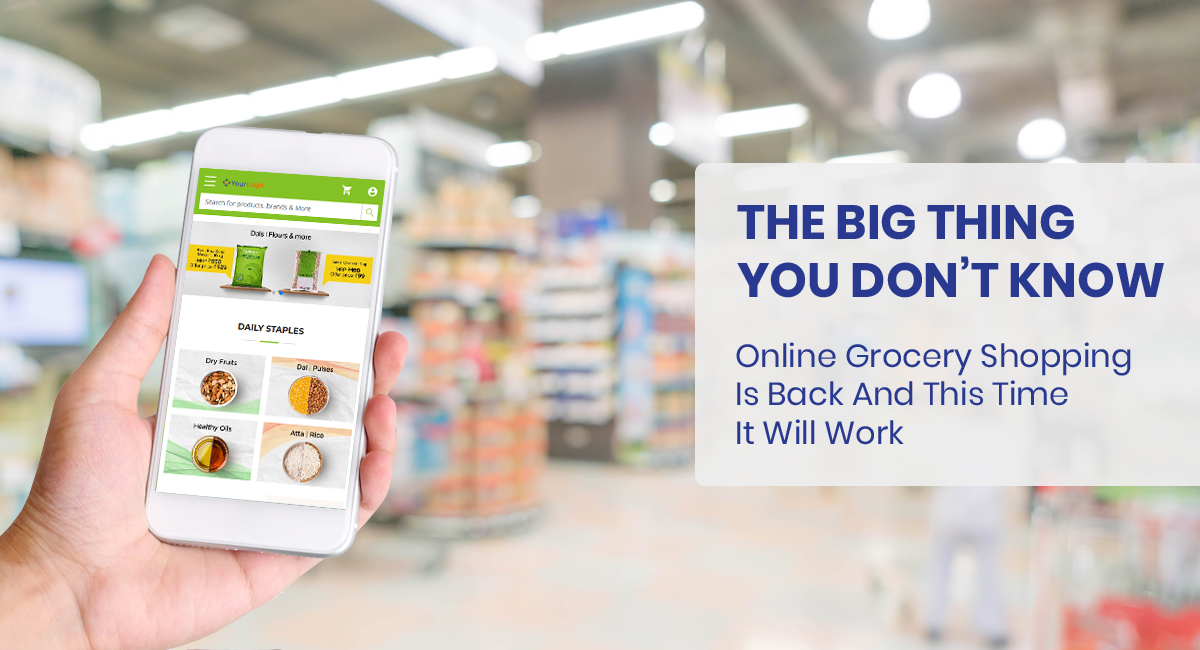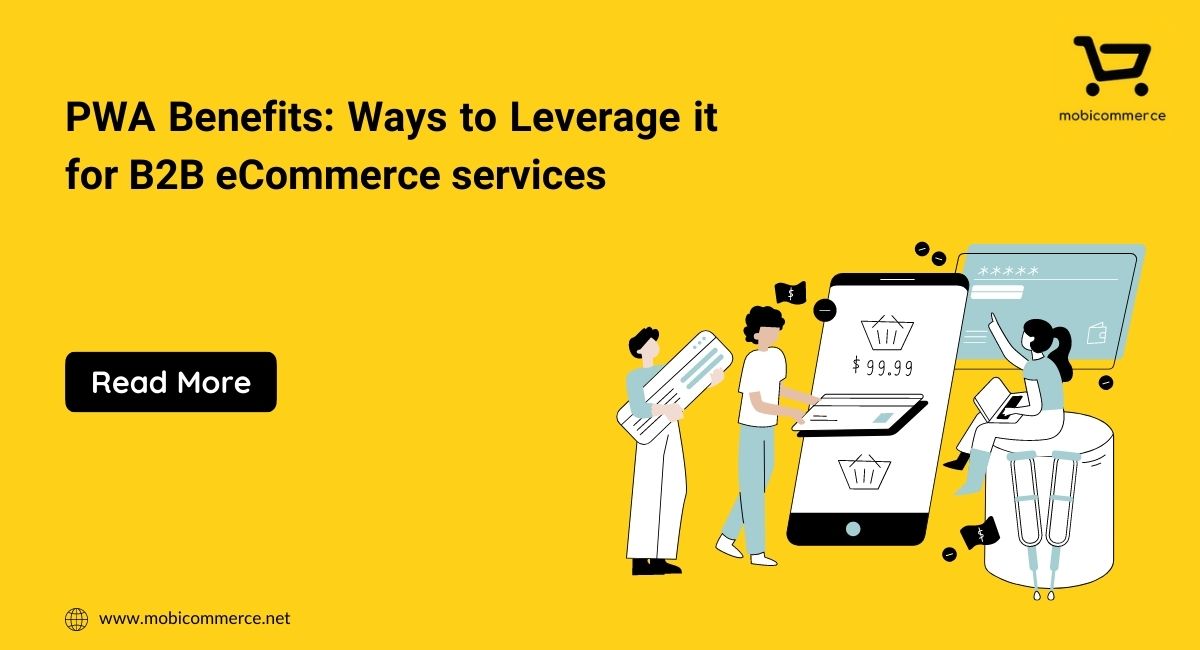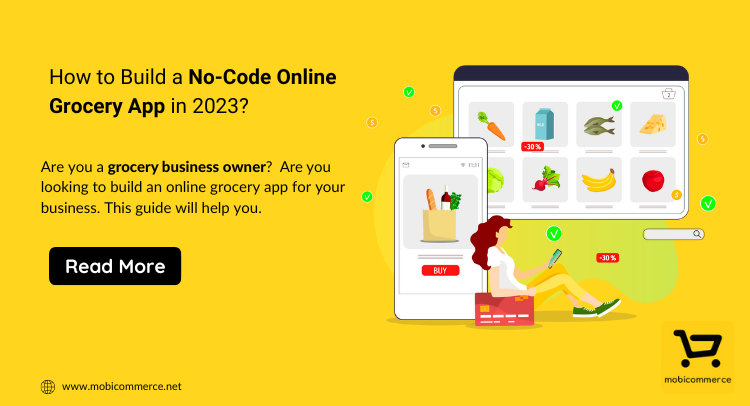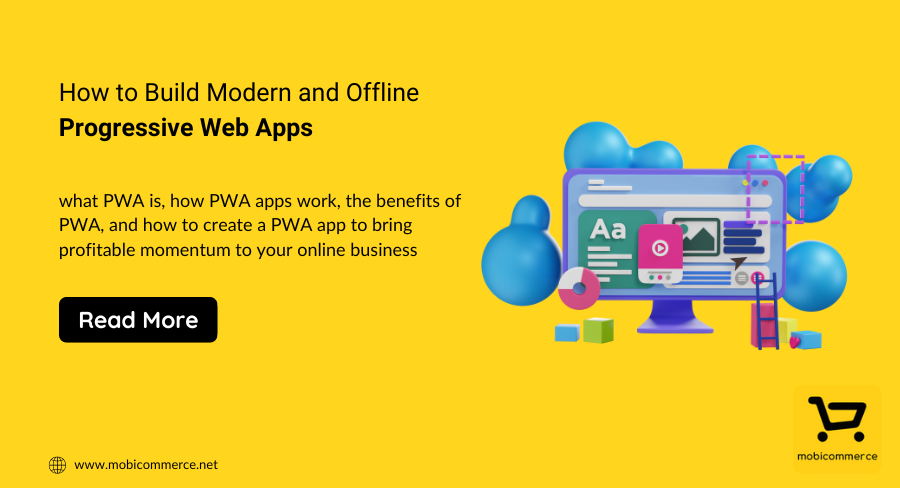
According to a recent report by Deutsche Bank Securities, only around three percent of grocery shopping happens online, as compared to 22 percent of apparel sales and 30 percent of electronics sales.
That’s primarily because consumers are used to entering a store and choosing their groceries themselves. And while the turn of the millennium did witness some businesses such as Webvan entering the online grocery space, they failed to garner attention and make profits, and eventually retreated.
When online grocery shopping first took off a decade ago, most consumers did not have access to a mobile phone or even broadband in many cases. Now, however, with smartphones and internet sales becoming ubiquitous, the behavior to transact online exists.
In a recent Deloitte survey, 41% of customers stated that they neither liked nor disliked shopping for perishable items and beverages at grocery stores.
That shows that even though many customers enjoy the experience of shopping at a physical grocery store, several others are willing to opt for online shopping. No wonder, space has given rise to grocery shopping app development.
And, with brands such as Amazon and eBay paving the way for eCommerce marketplaces, today’s consumers – especially millennials and Gen Z – regard online shopping as a part of daily life. The time is thus ripe for online grocery business to ride the eCommerce marketplace wave and thrive.
Adding to that, let’s discuss how and why the online grocery business model works:
Just like Uber, online grocery brands such as Instacart, a San Francisco-based grocery start-up, do not have a central hub of workers. Instead, the workforce is present at different shopping points to instantly respond to incoming orders.
They also do not need to run warehouses or maintain inventories – all they need to manage operations are vehicles for their workforce and smartphones. This saves these brands millions in set-up costs and allows them to focus on logistics, a wide selection of goods from different retailers, and timely delivery.
Customers are always on the lookout for cheaper options that offer the same high quality. By bringing their costs down to a minimum, online grocery brands can bring fresh groceries to buyers’ doorstep and thus save them time and money.
The most significant point in favor of online grocery shopping is its convenience, which is a major plus for busy millennials and Gen Z buyers who are always using their smartphones and are heavily inclined towards mobile shopping than the generations before them.
A Deloitte report has stated that there are a good many customers “who are not emotionally attached to the physical shopping process and might consider online-shopping options if they were offered.”
That mindset presents online grocery stores an excellent opportunity to win customers over with incentives such as discounts, delivery benefits, and loyalty points that can lead to increased savings and freebies for the consumers.
Retail giants are also betting heavily on online grocery sales.
In 2017, Walmart acquired last-mile delivery company Parcel, while Amazon bought Whole Foods and started offering grocery deliveries for Prime members across the United States. Rapid grocery delivery app development has made that possible.
Also, in 2017, Target announced its purchase of same-day delivery company Shipt. Recently, FreshDirect opened a 400000-square-foot delivery center with high levels of automation to cater to regions beyond Washington DC, New York, and New Jersey.
Given the resources at their disposal, brands like Amazon and Walmart can offer hefty discounts and thus take up a significant share of the online grocery market, thanks to the increased grocery mobile app development.
Another major player is Peapod, a dotcom survivor that has been in the grocery delivery business for over 30 years now.
Online grocery shopping is here to stay
However, online grocery shopping will take some time to catch on fully – although its rise has begun. A large fraction of people still prefer to physically visit a store and buy their groceries, mainly because they can assess the quality of different items themselves.
Many also enjoy the experience of going and buying their ingredients. At the same time, other innovations in grocery shopping will also act as competition for online deliveries.
For instance, Amazon dipped into grocery app development and recently launched its highly successful Go Stores, which allow customers to enter the store, pick up their items, and leave without having to wait in line to pay.
Other brands such as Walmart and Safeway offer “click and collect” facilities, in which customers can order their groceries online, drive to the stores, and pick up their items.
Summing it up
So, if you want to get a headstart, the right tech support can take you places. Imagine having a scalable, fully-tested online store to sell groceries to your customers. Approach an expert like MobiCommerce to help you build a grocery mobile app in a jiffy. They will help you set up a storefront that not only works across devices but also is branded for your business.
Make sure your grocery management app comes with various features such as easy reordering, smart search, user-friendly navigation that make shopping easy for your customers and gives you the flexibility to manage everything from a single admin panel.
That would make selling your grocery easier online, right? It’s true! Because, in the end, businesses that can take proper advantage of the thriving scenario with quality service and timely delivery will win the day.
So, make sure you jump on the online grocery space at the earliest!

In order to improve user experience, businesses are increasingly turning to progressive web apps, which combine the best features of regular apps and websites. Ecommerce businesses which have created mobile-first PWAs have seen significantly faster page loading times, better conversion rates and improved engagement. On average, a website using PWA can increase speed performance by… Continue reading PWA benefits: Ways to Leverage it for B2B eCommerce services

If you have a grocery store and you are looking to take your business to the next level, then this is the right time to invest in grocery mobile apps. A report by Oberlo suggests that online grocery sales in the US are expected to reach $160.91 by 2023. Not only this, the revenue continues… Continue reading How to Build a No-Code Online Grocery App in 2023?

Most businesses create an app to establish their business in the digital world. But after some time, these businesses end up investing much more money by creating different versions and similar apps for different operating systems to stay relevant in the market. Later on, this choice of businesses becomes painful as they spend more money… Continue reading How to Build Modern and Offline Progressive Web Apps
Sign up for our newsletter and be the first to receive all the latest updates.
Request a callback from us by filling the form below.

Get your project estimate. Brainstorm business ideas. Book a demo. Get complete support and so much more!